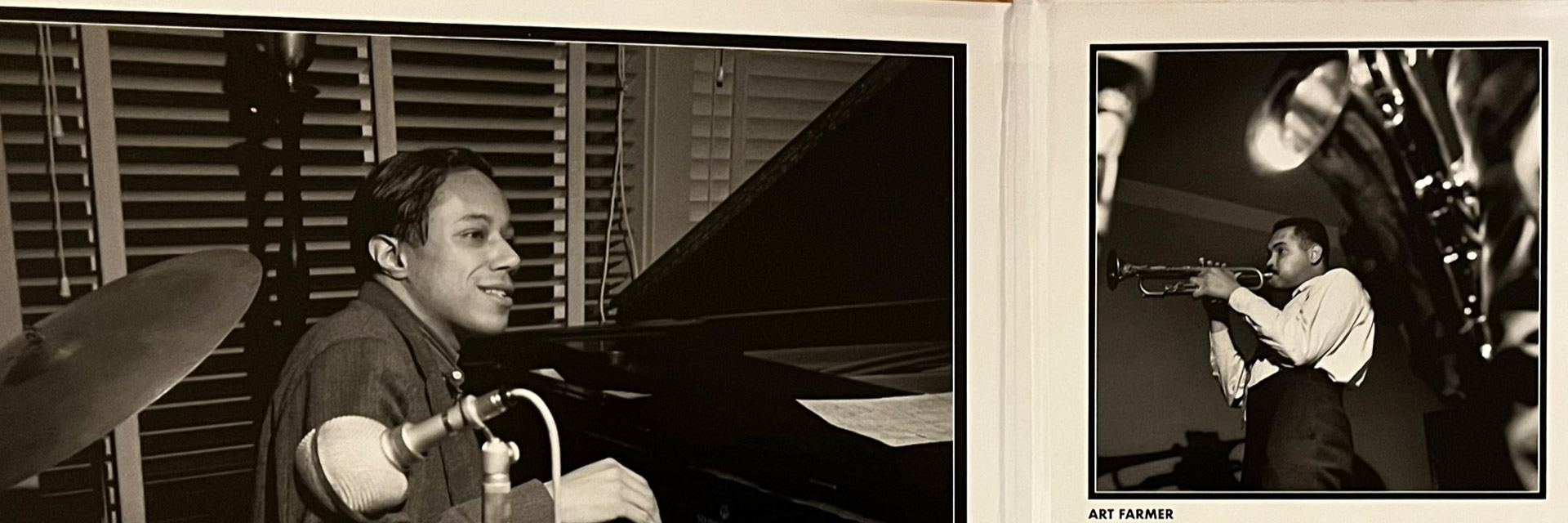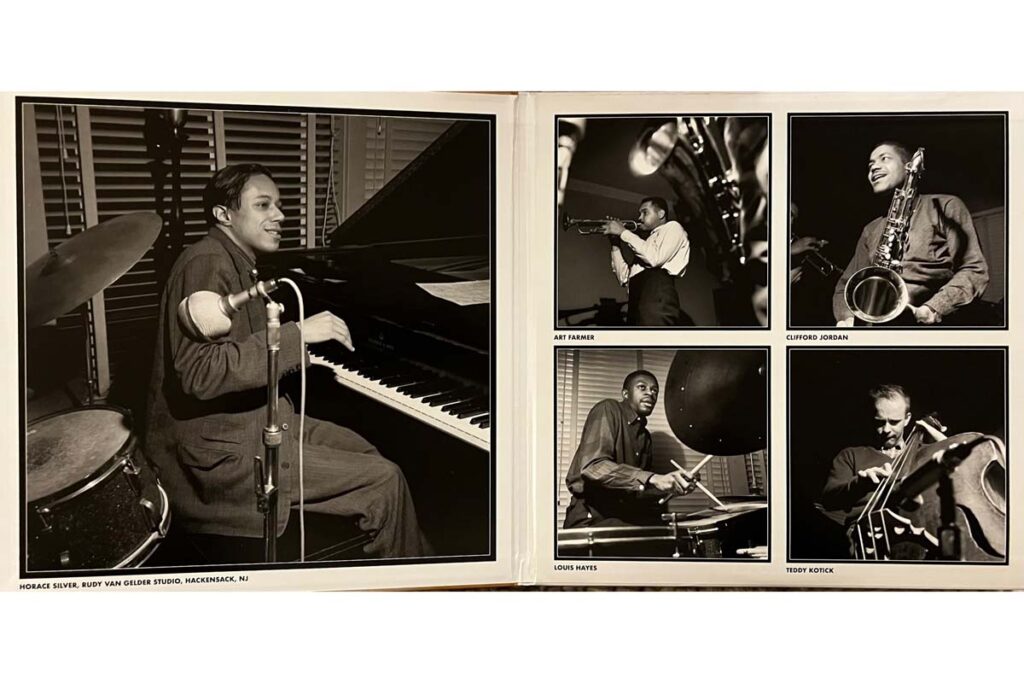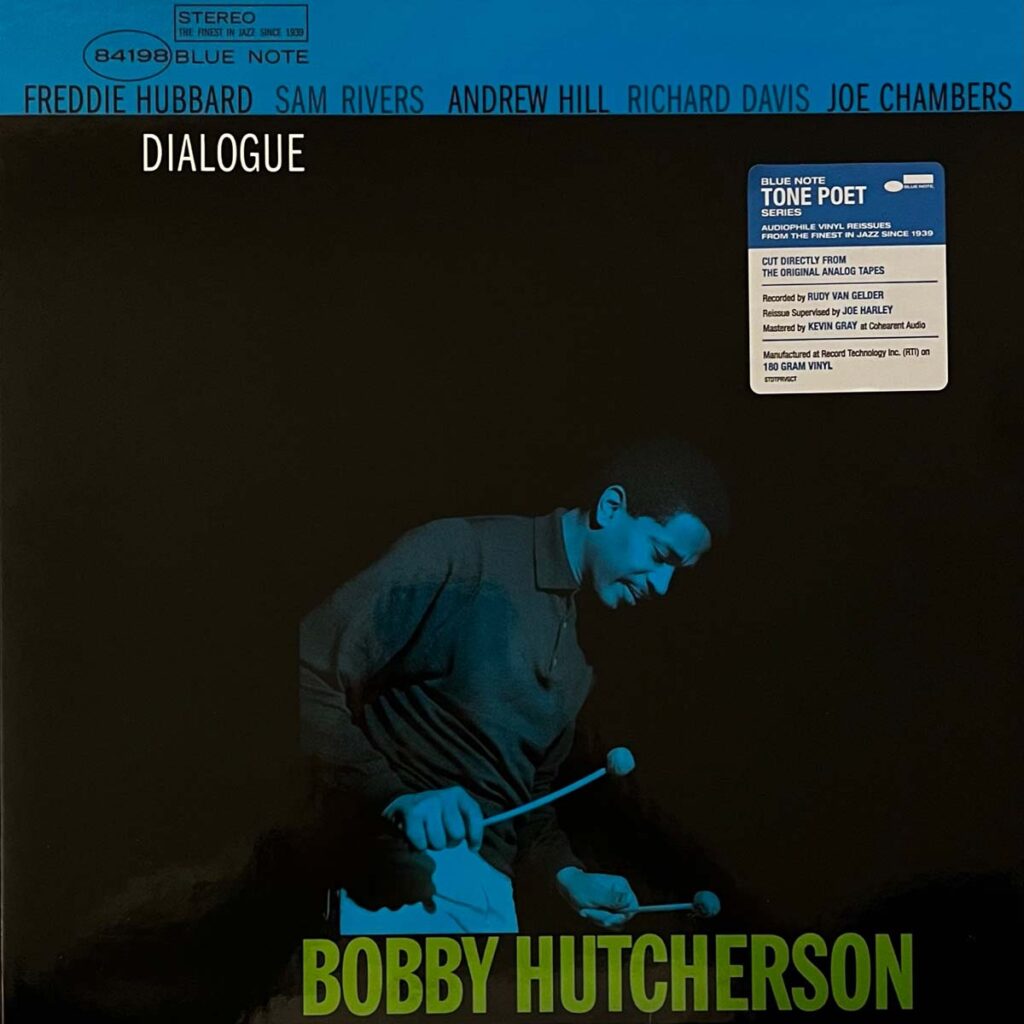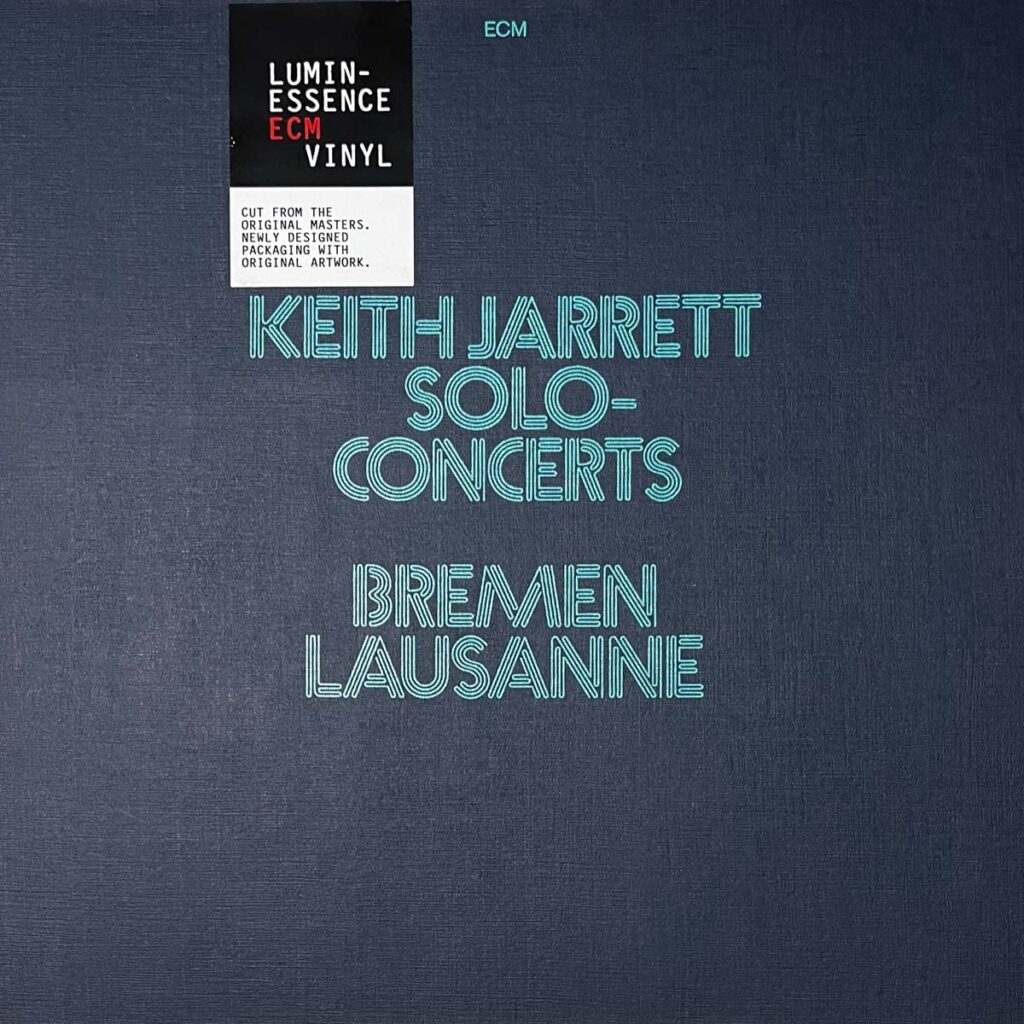A comparative appraisal of the in-house audiophile reissues from Blue Note and ECM
For some years now, audiophile vinyl reissues have been experiencing a real boom in the jazz sector. Audiophile reissues like “Tone Poet Vinyl” from Blue Note or the Luminessence series from ECM promise sound quality at the highest level, combined with lovingly designed covers and bonus archive material. The manufacturers advertise painstaking remastering from the original analog tapes, high-quality 180-gram pressings and meticulous reproductions of the original artwork. But are these expensive reissues really worth it? Do they really offer audibly more? And how do the lavishly produced reissues compare to well-preserved original pressings – or cheaper ones?
Let’s start with the Tone Poet Vinyl series from Blue Note. It was launched in 2019 under the curatorship of Joe Harley, who is known for his work on audiophile reissues. Kevin Gray at Cohearent Audio is responsible for the mastering. A special feature of the Tone Poet series are the elaborately designed gatefold covers containing the original artwork as well as previously rarely or never published photos.
These come from the Blue Note archives and show alternative shots of the original photo sessions as well as shots from the studio. In this way, the releases offer an extended visual insight into the genesis of the albums. The selection from the label’s almost infinite catalog may seem a little erratic, but that’s what makes it so appealing. It features warhorses like John Coltrane’s Blue Train or Lee Morgan’s The Cooker boasting an extensive release history both on Blue Note itself and on various other labels, but you’ll also find lesser-known and rarely reissued gems such as Andrew Hill’s Dance with Death or Bobby Hutcherson’s Oblique.
The question remains, is the appeal limited to the outstanding visual and tactile quality of the packaging or is the sound equally convincing. Assessing this, the first challenge we face is determining the benchmark; what should we base our decision on? The sound of the first pressings, which are eye-wateringly expensive unobtanium? Early reissues – if available – from the 60s to 80s? Reissues from other labels or in-house reissues from more recent times? Pars pro Toto, I have opted for the last two options. First of all, there is the Horace Silver Quintet with Further Explorations in a Japanese pressing by Toshiba from 1984. The Japanese reissues are said to be close to the original sound. Above all, the Toshiba pressing shows once again how unnecessary heavy 180 gram pressings really are. The Japanese flyweight is absolutely quiet to the point that the Tone-Poet copy struggles to keep up. In terms of sound, the current reissue is a little more concise in the bass, the instruments are a little more forward, while the Japanese pressing sounds a touch more veiled. Yes, the Tone Poet somehow sounds more “audiophile”. Nevertheless, you can’t shake the feeling that a lot of work has been done to adapt the 1958 recording to the HiRes sound of today. It lacks some of the nonchalance that makes the 1984 reissue, based on the first edition, so compelling. If, however you compare the current series with the reissues from 2014, there can hardly be two ways about it. Even if mastering guru Bernie Grundman had a hand in Andrew Hill’s Black Fire, the ten-year-old edition sounds rather unengaging, like a bad CD transfer. The Tone Poet sounds tidier in its three-dimensionality, Hill’s piano solos find their way into your ear with contour, and Kevin Gray’s mastering makes you feel like Andrew Hill and his three colleagues are standing in the room live. As you can see, a decision for or against a Tone Poet edition depends entirely on the comparison vinyl and your personal sonic preferences.
Let us now turn our attention to ECM, a label enjoying an audiophile track record even without taking special releases into account. The reissue situation here is completely different from that of Blue Note; most of the recordings have so far only been reissued in Japanese or re-released on CD. Luminessence primarily highlights the “classics” from the label’s extensive catalog. The series contains albums that have, in the label’s words, “changed the perception of creative music making”. Some are offered in exclusive facsimile editions, others are encased in high-quality gatefold covers containing new liner notes. The release list also includes two albums from the digital era that were previously unavailable on vinyl. Unfortunately – and this is a significant difference to the Tone Poet series – ECM’s extensive image archive has not been used to enhance the gatefold covers with unknown high-quality photographs of the artists. One could have expected more for the price.
Sound-wise, the Luminessence editions are without fault, especially as far as the pressing quality is concerned; you’d be hard-pressed to find another record in your vinyl cabinet with such a low running noise and such precise groove tracking. With Keith Jarrett’s Bremen – Lausanne, even the hardest piano strokes are completely free of distortion both in the bass and especially in the treble – poor pressings of piano music can make this kind of thing a very different experience.
Sonically, however, the new editions are a 1:1 transfer of the original editions. Neither Kenny Wheeler’s High Gnu nor Gary Burton’s New Quartet show any discernible differences in sound. No one has manipulated the mastering process, nothing has been pimped to suit the “high end” ideal. The excellent sound quality of the original recordings has been confidently retained, only the pressing quality has been minimally improved, but without any really significant differences in sound. If you still own flawless first editions, you can confidently do without the Luminessence LPs, but if you want to fill up your collection or if your first pressings have been rocked down and you don’t want to expose yourself to the pitfalls of the second-hand market, these are the ones to get.
Audiophile Reissues from Blue Note and ECM
Find the Tone Poet Series from Blue Note here…
…and the Luminessence series from ECM here.




